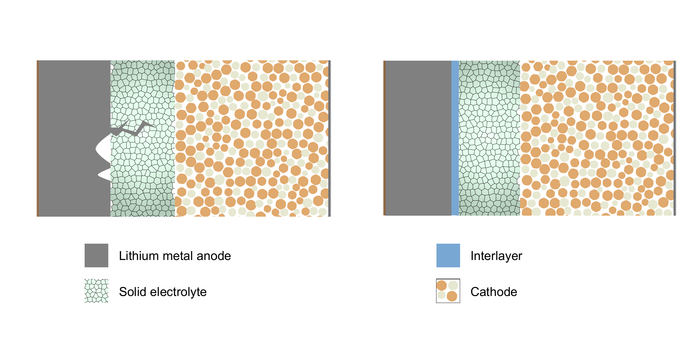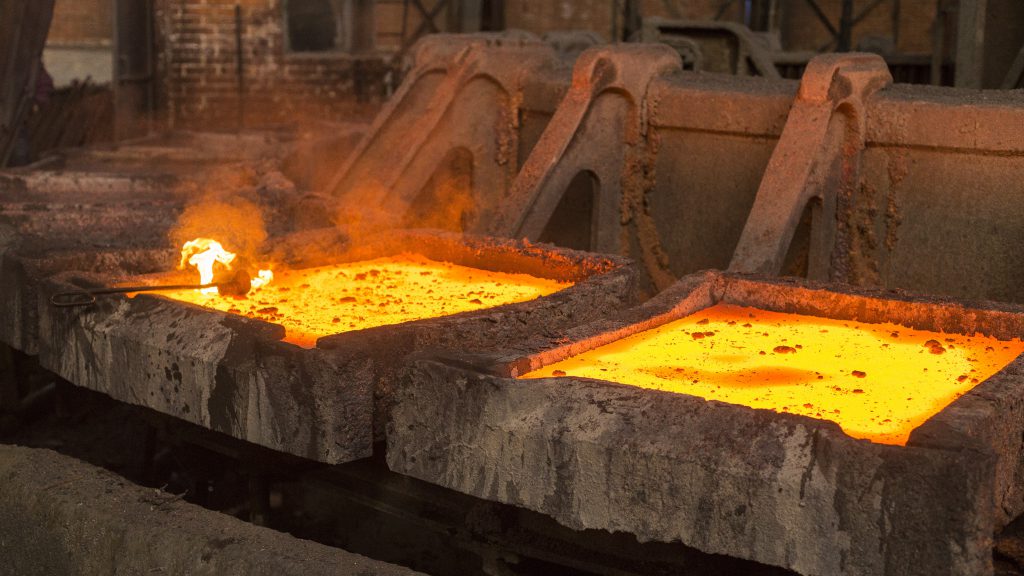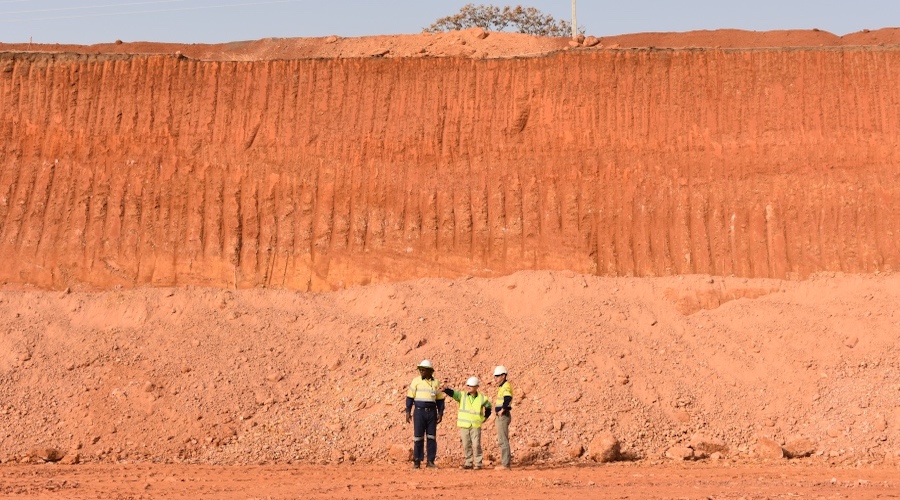Mining
Thursday, June 16th, 2022 5:05 am EDT
According to the scientists, the root cause of this dendrite formation is the appearance of microscopic voids in one of the electrodes early on.
In their paper, they also show that adding a thin layer of certain metals to the electrolyte surface significantly delays dendrite formation, extending the battery’s life and enabling it to be charged faster.
Solid-state batteries switch out the liquid electrolyte common in Li-ion devices for a solid ceramic electrolyte and swap graphite with metallic lithium. Ceramic electrolytes perform even better at higher temperatures, which is especially useful in tropical countries. Lithium is also lighter and stores more charge than graphite, which can significantly cut down the battery cost.

“Unfortunately, when you add lithium, it forms these filaments that grow into the solid electrolyte, and short out the anode and cathode,” Naga Phani Aetukuri, corresponding author of the study, said in a media statement.
To investigate this phenomenon, Aetukuri’s Ph.D. student, Vikalp Raj, artificially induced dendrite formation by repeatedly charging hundreds of battery cells, slicing out thin sections of the lithium-electrolyte interface, and peering at them under a scanning electron microscope.
When they looked closely at these sections, the team realized that something was happening long before the dendrites formed – microscopic voids were developing in the lithium anode during discharge.
The team also computed that the currents concentrated at the edges of these microscopic voids were about 10,000 times larger than the average currents across the battery cell, which was likely creating stress on the solid electrolyte and accelerating the dendrite formation.
“This means that now our task to make very good batteries is very simple,” Aetukuri said. “All that we need is to ensure that the voids don’t form.”
To ensure this, the researchers introduced an ultrathin layer of a refractory metal between the lithium anode and solid electrolyte.
“The refractory metal layer shields the solid electrolyte from the stress and redistributes the current to an extent,” Aetukuri said.
Computational analyses clearly showed that the refractory metal layer indeed delayed the growth of microscopic lithium voids.
Applying extreme pressure that can push lithium against the solid electrolyte can prevent voids and delay dendrite formation, but that may not be practical for everyday applications.
Other researchers have also proposed the idea of using metals like aluminum that alloy or mix well with lithium at the interface. But over time, this metal layer blends with lithium, becoming indistinguishable, and does not prevent dendrite formation.
“What we are saying is different,” Raj pointed out. “If you use a metal like tungsten or molybdenum that doesn’t alloy with lithium, the performance which you get from the cell is even better.”
The researchers say that the findings are a critical step forward in realizing practical and commercial solid-state batteries.
In their view, this strategy can also be extended to other types of batteries that contain metals like sodium, zinc and magnesium.
This post has been syndicated from a third-party source. View the original article here.




